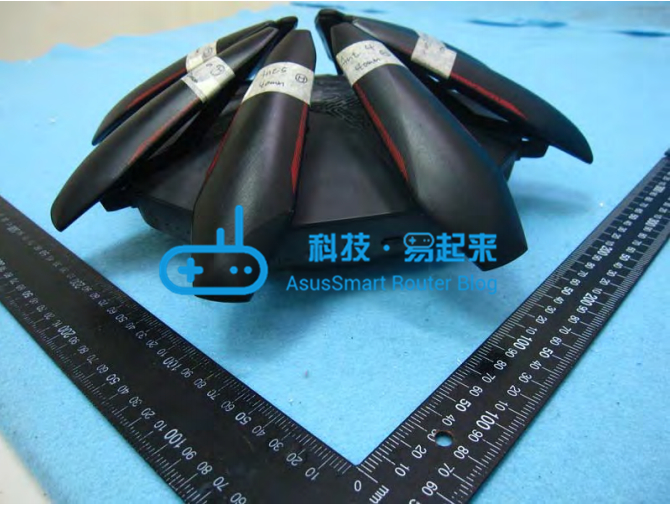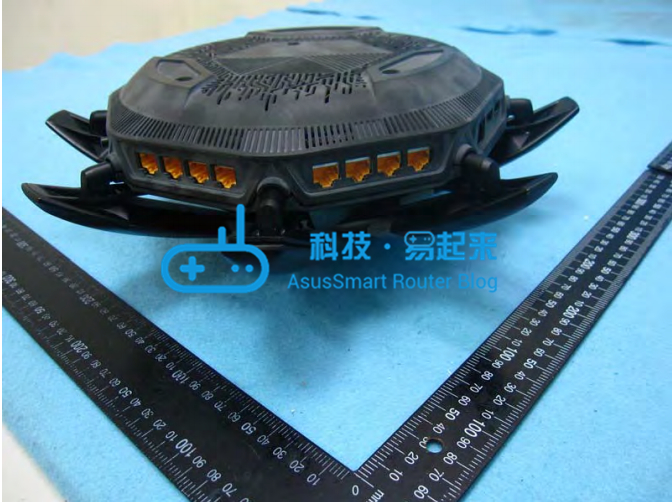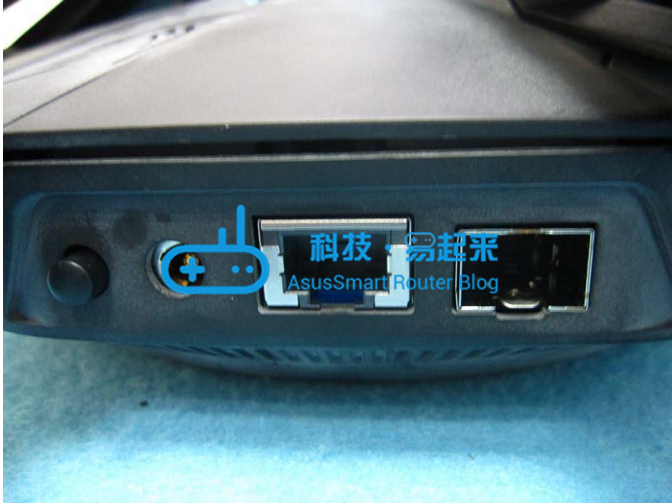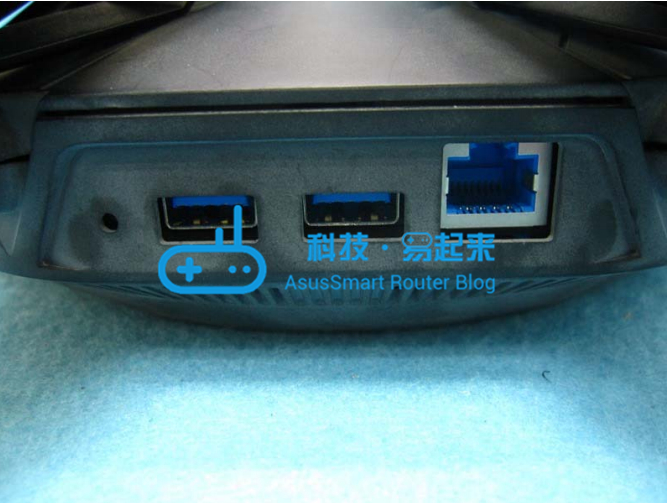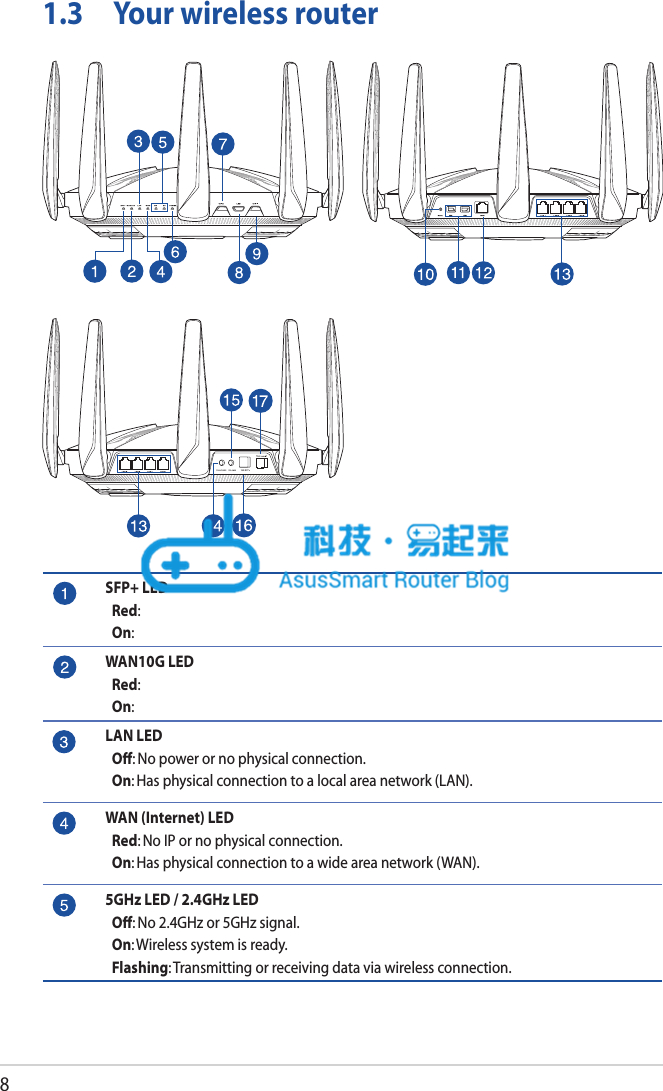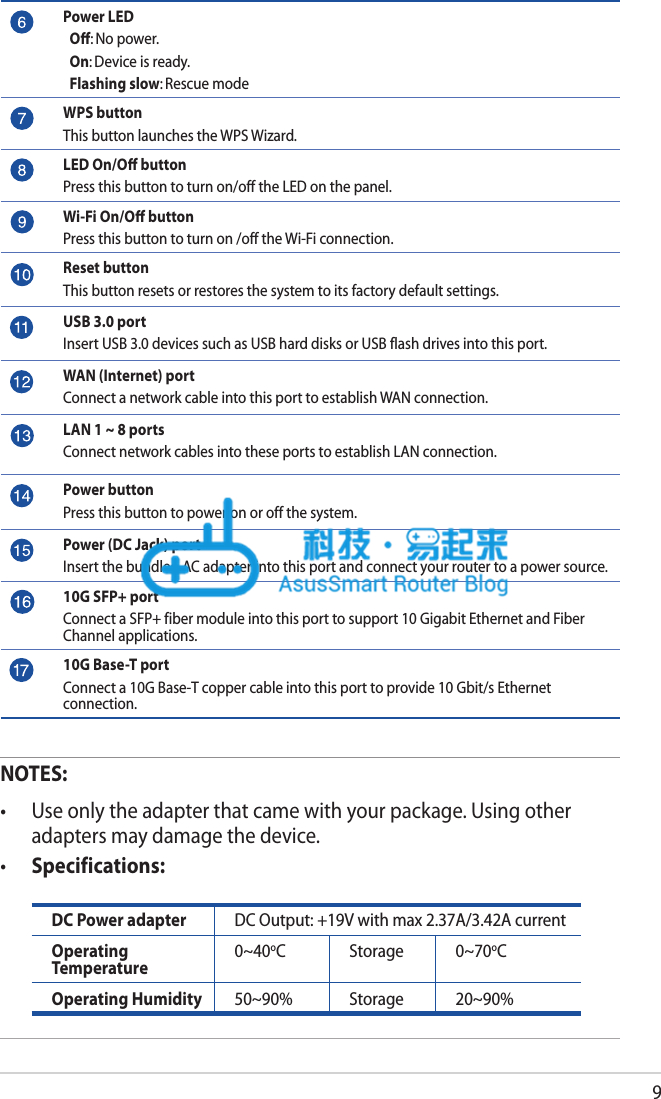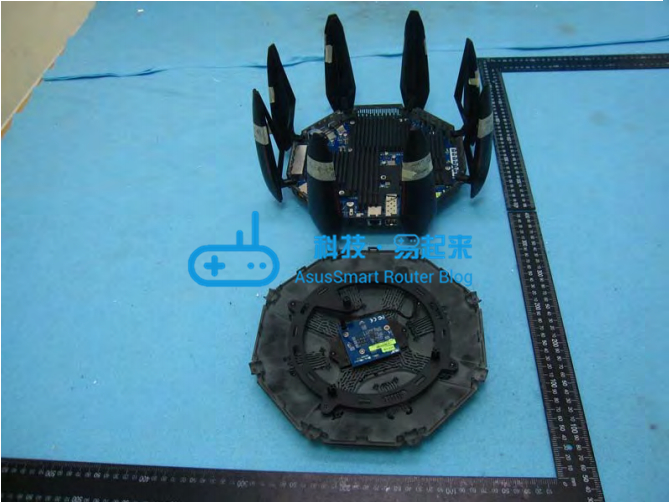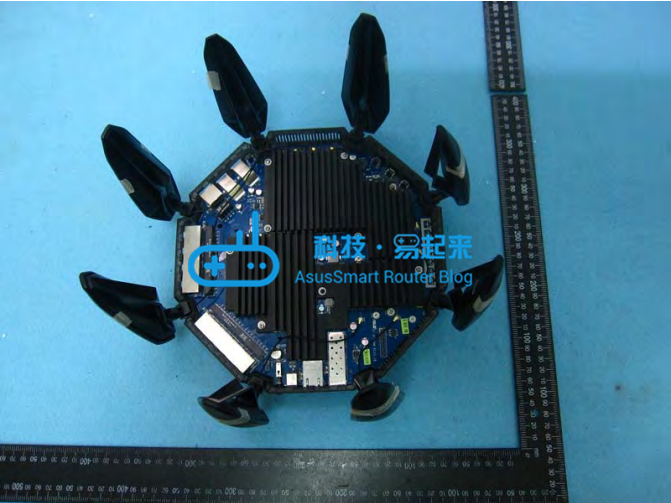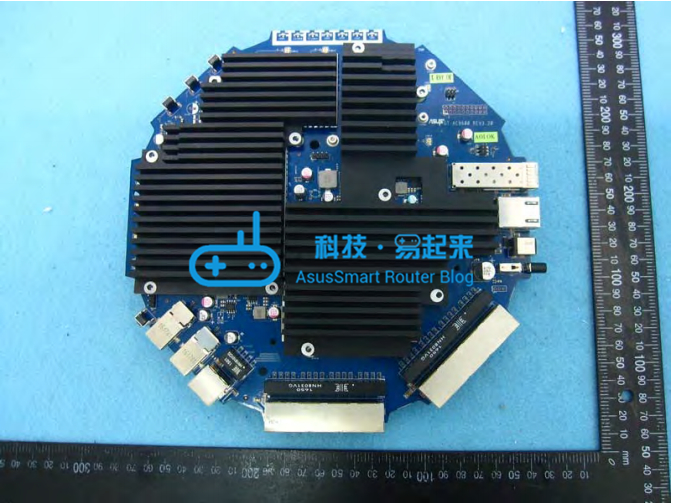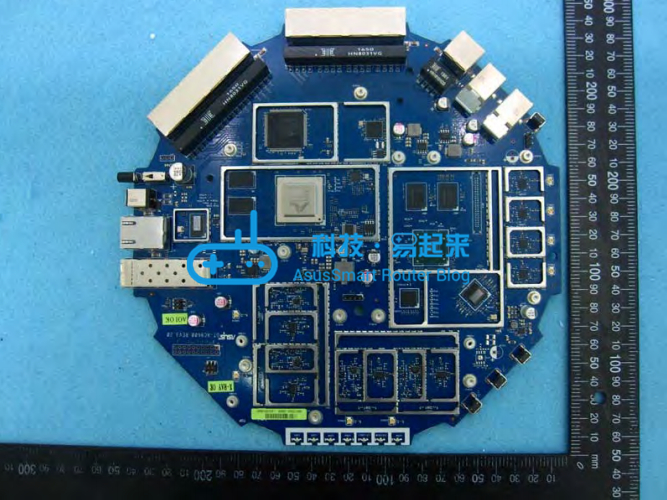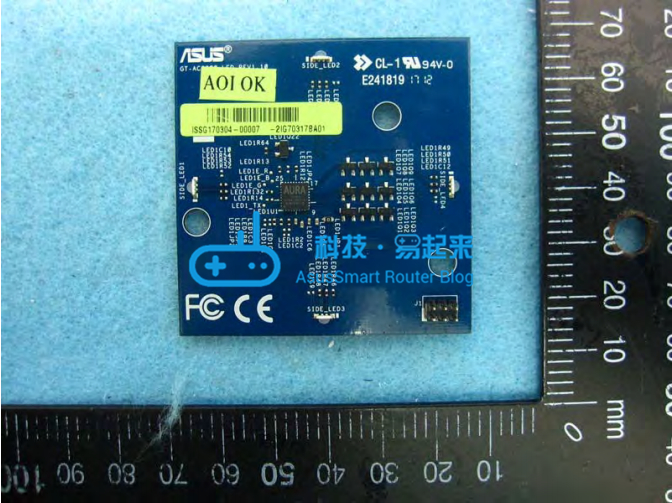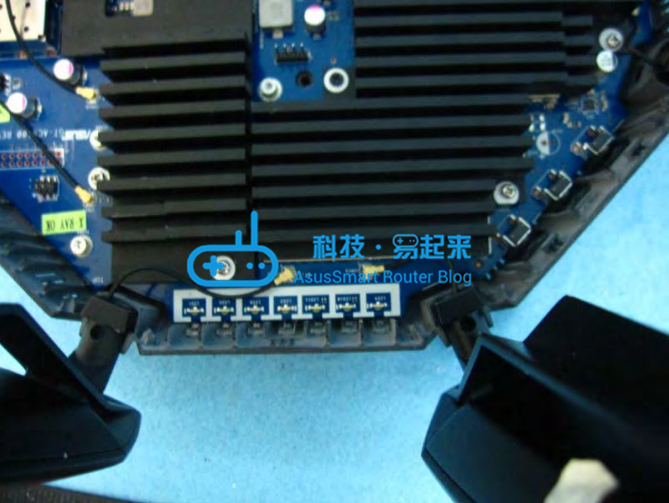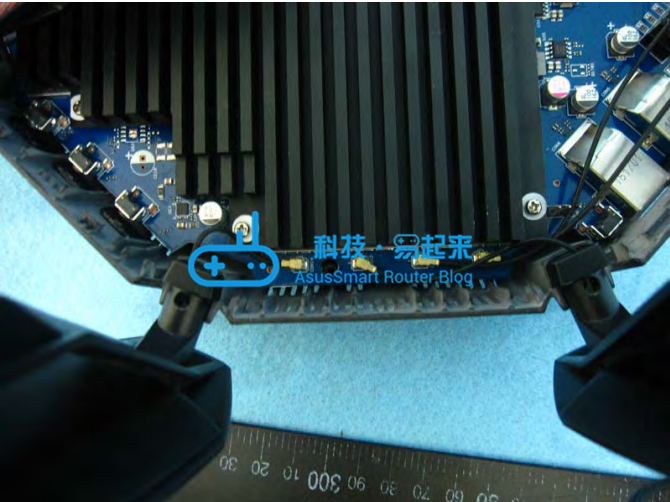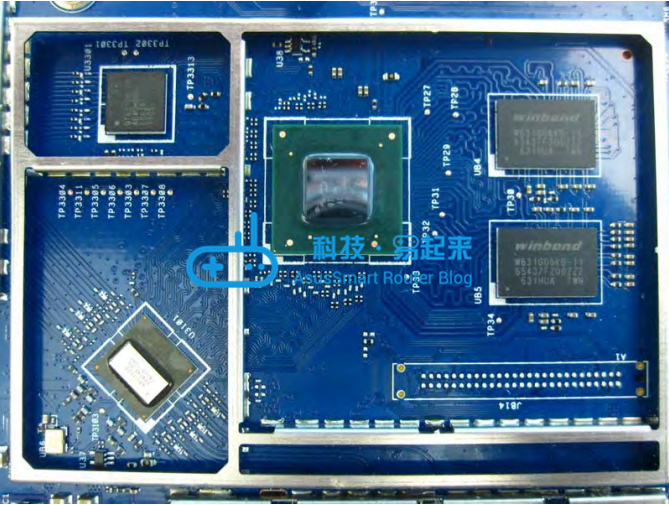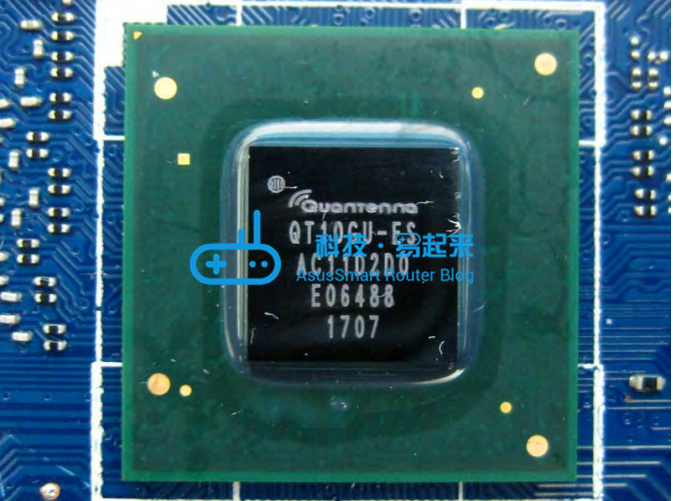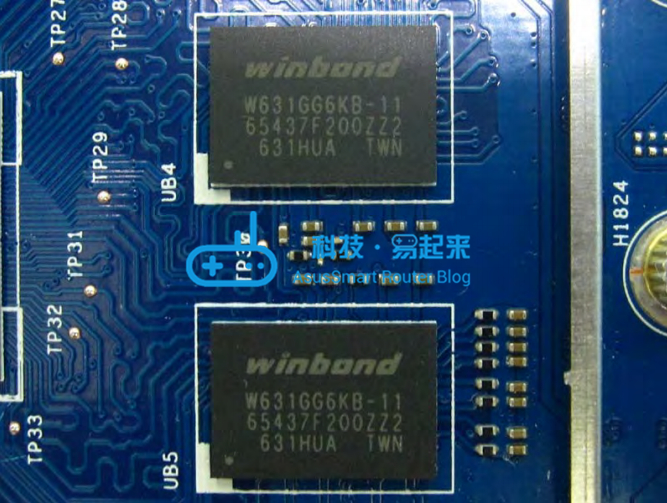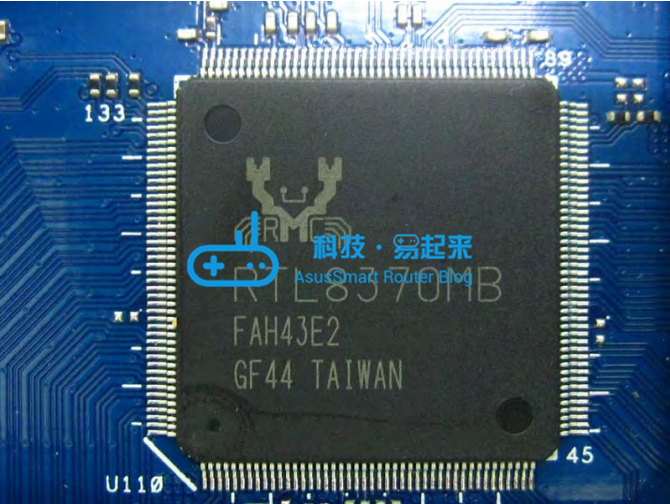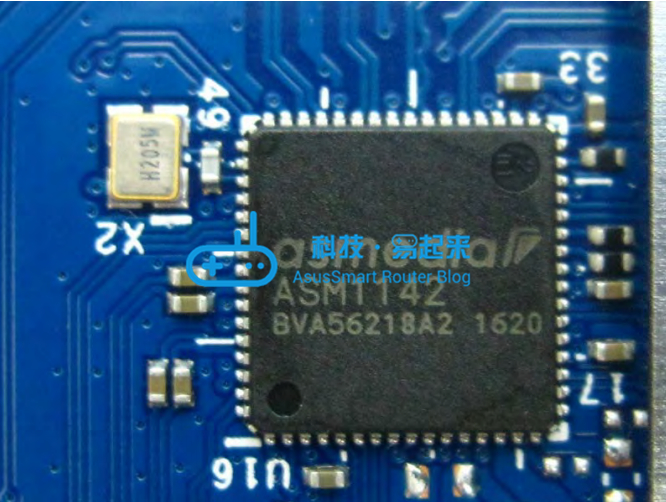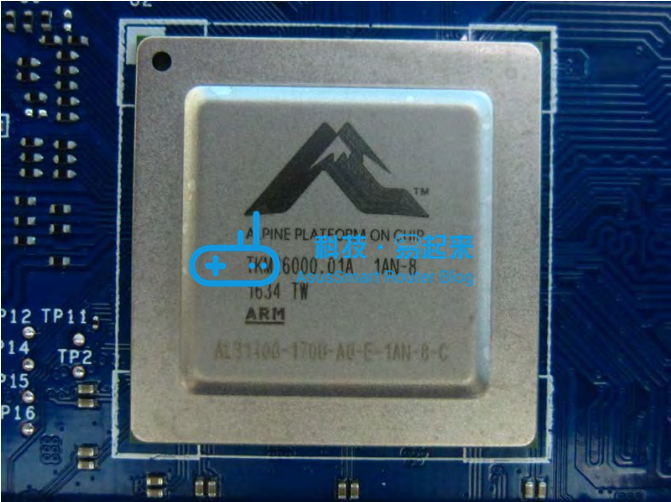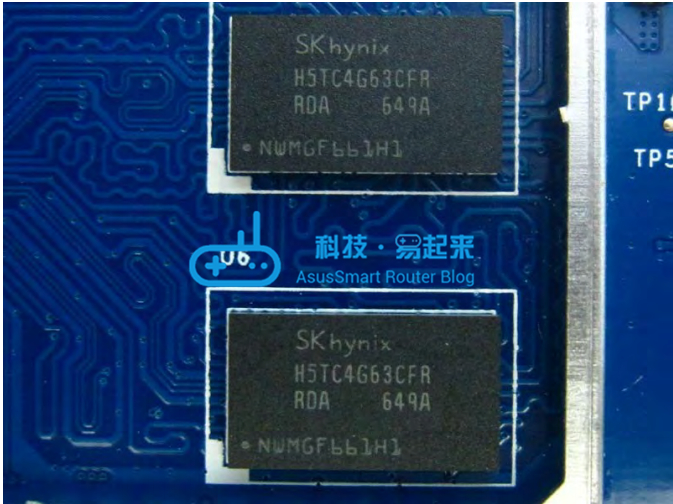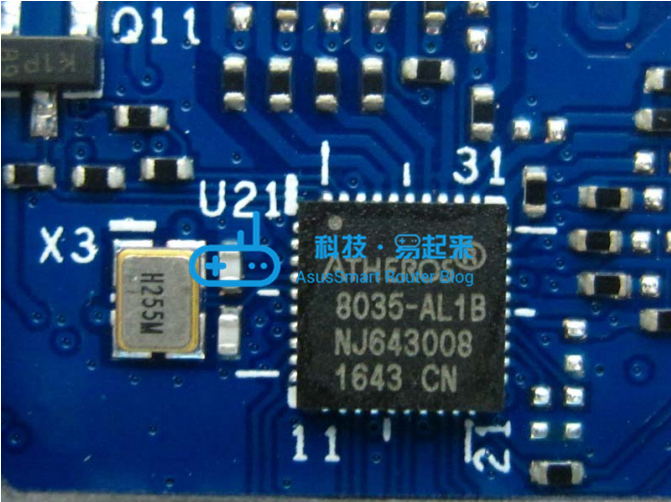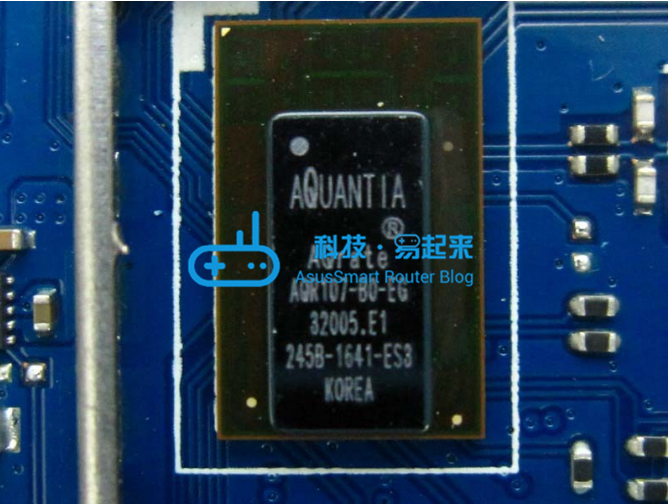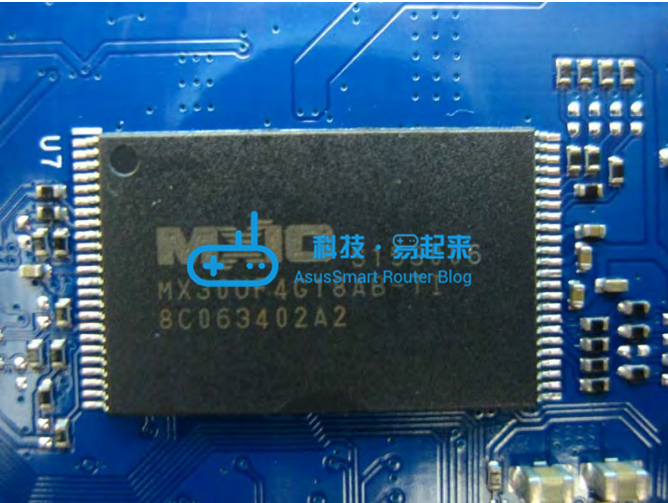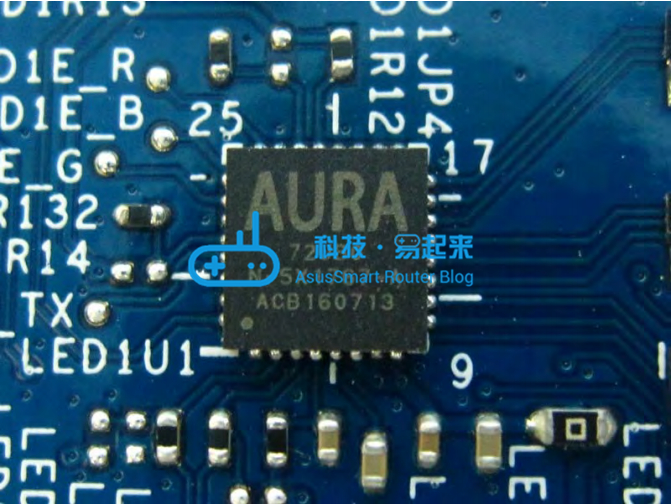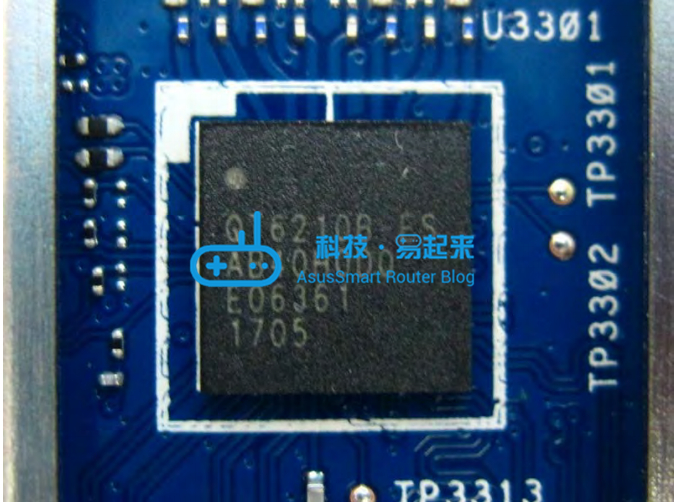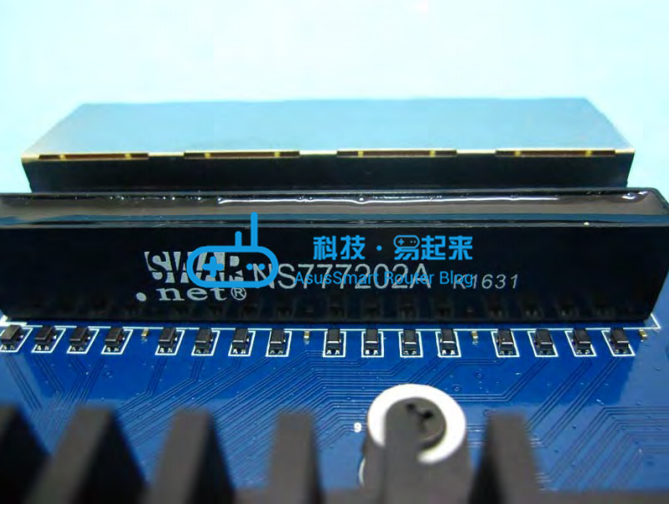You are using an out of date browser. It may not display this or other websites correctly.
You should upgrade or use an alternative browser.
You should upgrade or use an alternative browser.
LEAKED: GT-AC9600
- Thread starter joe012594
- Start date
-
- Tags
- asus gt-ac9600 new router
That model has been listed by the FCC since last May:
https://www.snbforums.com/threads/another-new-router-entry-on-the-fcc-gt-ac9600.38867/
Those photos are also from the FCC, nothing "leaked" there.
https://www.snbforums.com/threads/another-new-router-entry-on-the-fcc-gt-ac9600.38867/
Those photos are also from the FCC, nothing "leaked" there.
joe012594
Regular Contributor
That model has been listed by the FCC since last May:
https://www.snbforums.com/threads/another-new-router-entry-on-the-fcc-gt-ac9600.38867/
Wasn’t until recently that actual pictures of the unit surfaced though. Trust me, I’ve kept a close eye on it since the entry was made in high anticipation for this model to hit the market. Now we just need a launch date and I will be satisfied.
Wasn’t until recently that actual pictures of the unit surfaced though. Trust me, I’ve kept a close eye on it since the entry was made in high anticipation for this model to hit the market. Now we just need a launch date and I will be satisfied.
Why are you in a hurry for another Quantenna experiment? Personally after the RT-AC87U disaster, I ain't touching anything from Quantenna anytime soon. Quantenna didn't just fail with the hardware and software that they delivered at launch, they also failed at stabilizing the platform, to the point that almost every manufacturer out there that released a router based on that chipset dumped it after only a few months, typically replacing it with a V2 model without the Quantenna chip. AFAIK, Asus is the only one that kept trying to get Quantenna to fix things, and so far with only limited success.
joe012594
Regular Contributor
Why are you in a hurry for another Quantenna experiment? Personally after the RT-AC87U disaster, I ain't touching anything from Quantenna anytime soon. Quantenna didn't just fail with the hardware and software that they delivered at launch, they also failed at stabilizing the platform, to the point that almost every manufacturer out there that released a router based on that chipset dumped it after only a few months, typically replacing it with a V2 model without the Quantenna chip. AFAIK, Asus is the only one that kept trying to get Quantenna to fix things, and so far with only limited success.
I own most of the modern 802.11ac ASUS routers. You could call me a collector, I suppose. I didn’t mind the 87U, TBH. I had no issues with it. It’s all a matter of personal opinion.
Honestly, I admire a large company like ASUS keeping faith with a small brand and trying to boost them up when everyone else gave up. Everyone loves an underdog story. Plus, more potential free market competition and solutions is always a good thing.
Quantenna had a learning experience. They have an opportunity at redemption. Fantastic! I wish them well and will be supporting them on their second shot in this arena of technology.
theParadox
New Around Here
bahaha they fail again
Being bitten by the disastrous 87U , this doesn't excite me at all. It may excite the Star Wars fans.. perhaps a quick bucks for Asus..
Why they just don't pay attention or rather put serious efforts to make the product better and relevant ( hint... better integration and No not to to NAS or Gaming ( kinda stupid though ) ...
Why they just don't pay attention or rather put serious efforts to make the product better and relevant ( hint... better integration and No not to to NAS or Gaming ( kinda stupid though ) ...
sfx2000
Part of the Furniture
Why are you in a hurry for another Quantenna experiment?
Mixed here...
Seen first hand the results of their first consumer foray with 11ac across multiple vendors (Asus, Netgear, Linksys) - results which are well known - either it works or it don't...
On the other hand - I've first hand experience with their vertical deployments - e.g. Carrier oriented CPE, and there, they seem to be fine.
I think the big challenge for Quantenna was the integration with the various Consumer oriented SDK's, not a direct issue with QTN, but dealing with the mess that the consumer Router/AP vendors have to support.
joe012594
Regular Contributor
I have to admit though - it's an unfortunate industrial design - if this doesn't look like a dead spider...
View attachment 11577
Honestly, the “dead spider” is more appealing to me than that weird beetle design Netgear started using or the partial triangle body shape D-Link went with. When you’re fitting that many external antennas on a router, design matters. Doesn’t feel like that mattered with other manufacturers. ASUS stuck with symmetry, which I like.
joe012594
Regular Contributor
Maybe someone can answer this question. Obviously, for 160MHz capable clients, this router will be dual band. What about traditional 80MHz wide clients? Would this behave as a triband router and assign clients to the lower and upper portions of the 5GHz band based on traditional triband Smart Connect settings?
Tri-band means three radios. This has two.Maybe someone can answer this question. Obviously, for 160MHz capable clients, this router will be dual band. What about traditional 80MHz wide clients? Would this behave as a triband router and assign clients to the lower and upper portions of the 5GHz band based on traditional triband Smart Connect settings?
Similar threads
- Replies
- 2
- Views
- 876
- Replies
- 13
- Views
- 558
- Replies
- 0
- Views
- 551
- Replies
- 2
- Views
- 423
Latest threads
-
Everything was great, until it wasn't. RT-BE88U wifi issues.
- Started by The_Bishop
- Replies: 2
-
-
-
-
Support SNBForums w/ Amazon
If you'd like to support SNBForums, just use this link and buy anything on Amazon. Thanks!
Sign Up For SNBForums Daily Digest
Get an update of what's new every day delivered to your mailbox. Sign up here!

